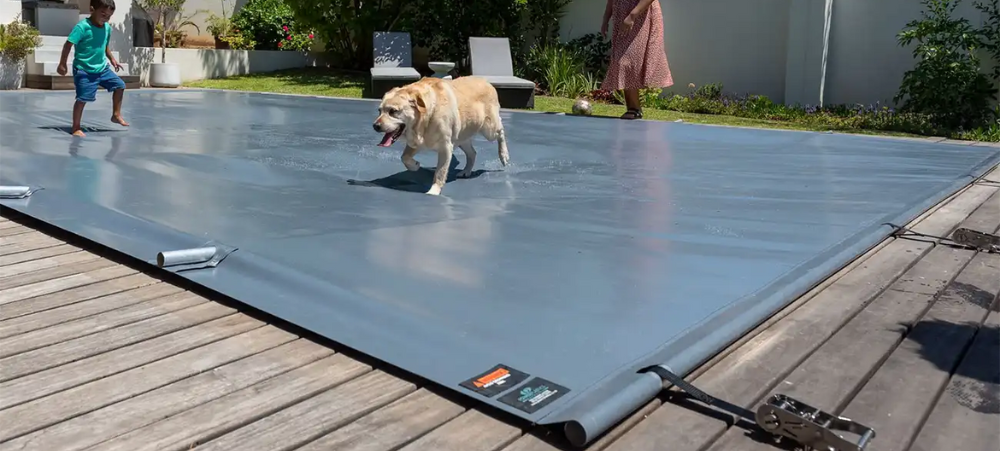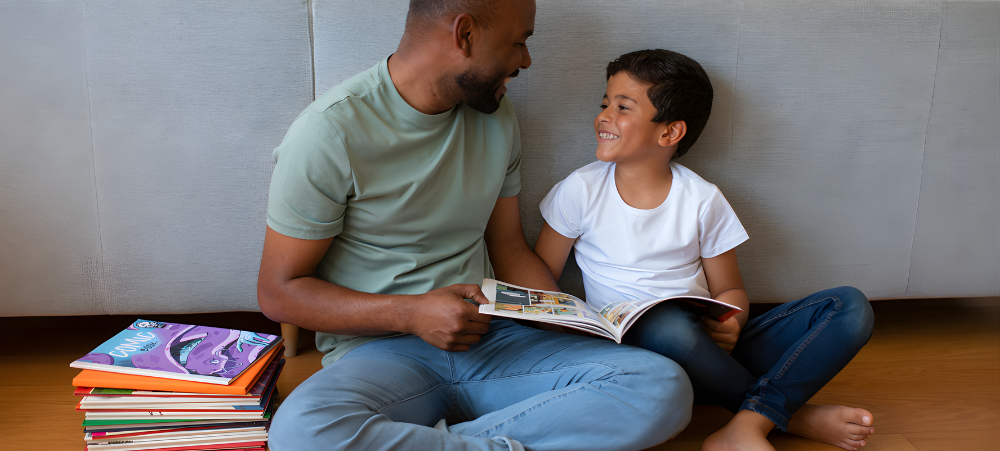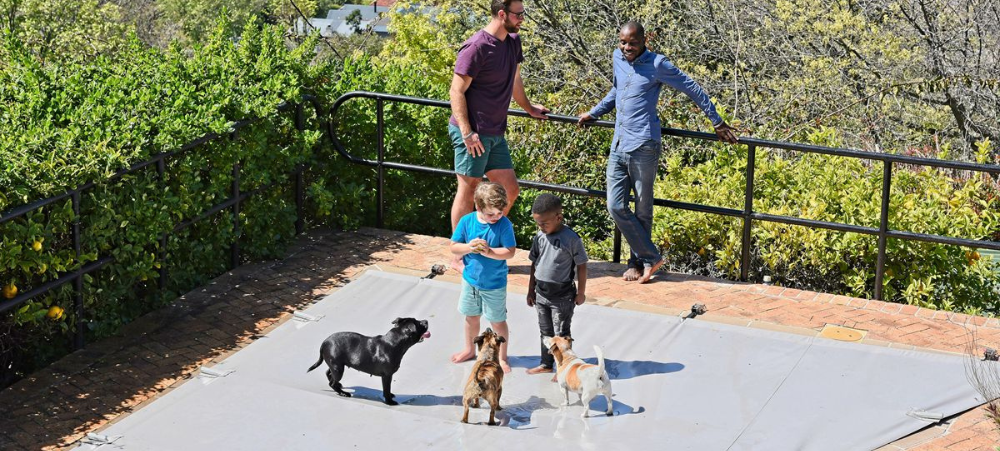There is no denying the importance of the sense of sight. Using our sight, we are able to learn through visually exploring objects and the world in which we live, and thereby gain an understanding of the relationships between people and objects. It is for this reason that parents should invest as much time as possible helping their children develop their visual sense.
Visual skills are divided in to two main areas; first is our eye’s ability to see; Visual Acuity and second is the brains ability to process, integrate and interpret what the eyes are seeing; Visual Perception. A problem with either of these systems may result in your child having problems related to their visual sense.
Visual acuity can be assessed by an Optometrist. Assessed difficulties may be as a result of underlying weakness of the muscles which control eye movements, resulting in jerky or restricted movements of the eye. As a result, these children often have difficulty manipulating objects in their hands and experience fine motor difficulties in tasks such as cutting and writing or may have a slow rate of work as they require additional time to gain the necessary visual information in order to complete a task.
Visual Perceptual skills can be assessed by an Occupational Therapist. Visual Perception is a broad term, used to describe a number of different skills which include:
Visual Discrimination
Is the ability to identify differences and similarities between shapes, objects and patterns based on their individual characteristics and features. For example a square has four sides and four corners, while a triangle has three sides and three corners.
Form constancy
The ability to recognize and interpret the fact that a shape remains a shape, despite changes in the presentation of the shape. For example, a square is still a square based on a specific set of properties, irrelevant of the size, direction, orientation, colour or texture of the square.
Figure Ground Perception
The ability to screen out irrelevant visual material in order to concentrate on an important stimulus. This is necessary for a child at the back of the class who has to look across the whole classroom and concentrate only on what is being written on the board.
Position in Space
The ability to perceive an objects position in our environment in relation to our own bodies. Following instructions related to objects, such as standing next to an object, requires an understanding of how that object is orientated in space in relation to ourselves and requires good position in space skills.
Spatial Relations
The ability to perceive the position of two or more objects in relation to our own bodies and in relation to the objects. During gross motor activities a child will need to plan movements taking in to consideration the location of other objects in their environment.
Visual Closure
The ability to recognise and identify a shape or object without having to see the whole shape or object. This requires the child to visually ‘fill in the gaps’. Good visual closure skills will assist a child with reading and comprehending what is being read.
Visual Memory
The ability to remember what has been seen and to recall it immediately. This skill enables a child to remember what they have read, as it moves from short-term memory in to long-term memory.
Visual Sequencing
The ability to remember shapes and characters in a specific order. This is a vitally important skill for learning to spell.
“It is clear that the development of Visual Perceptual skills is closely linked to cognitive development,” says Kelly Westerman, Occupational Therapist and Clamber Club Franchisee. “In younger children it is important that a child experiences visual perception through the movement of their bodies before they progress to 3D activities like blocks, shape sorters and puzzles and then on to pen and paper tasks which include writing, cutting and pasting.”
Due to the fact that vision is so integrated in to everything that a child does, symptoms and impairments may be broad and varied. In younger children, problems associated with the visual sense may result in delayed milestones and can experience a delay in language development as they struggle to grasp relationships and associations between people and objects.
There is no doubt that good visual acuity and visual perceptual skills are vital for the acquisition of skills and knowledge that are needed for academic success. It is therefore important that parents create opportunities for the development of these skills in the everyday lives of their little ones. If parents have any concern they should consult with their Doctors or Paediatricians.
Occupational Therapist and founder of Clamber Club, Liz Senior, has put together a list of activities and games that can help your child develop their visual sense:
- Playing ‘I spy’ e.g.: something round, something smaller than the table or my book
- Ask your child to locate specific items on a page in a book
- Arranging objects from largest to smallest, and vice versus
- Draw simple shapes on paper and ask your child to redraw the shapes
- Covering half a picture of an object and asking your child what the object is
- Hide the peanut – Place the nut (or raisin) under one of three cups and move them around slowly. Have the child try pick the cup the peanut is under. If he picks the right cup, he gets to eat the prize underneath. Add more cups to make this more challenging (up to five cups)
- Object games – Place some everyday objects on a tray. Start with 4 objects and show them to the child for 5 seconds. Cover them and see how many he can recall. Add more objects as the child becomes more proficient with this. Try work up to 10 objects in total
- 3 Ways to Encourage Imagination at All Stages - November 16, 2023
- Playful ways to express emotions - June 22, 2023
- The Great Eye-Hand Link; The Importance of Eye-Hand Coordination for Children - June 20, 2023





